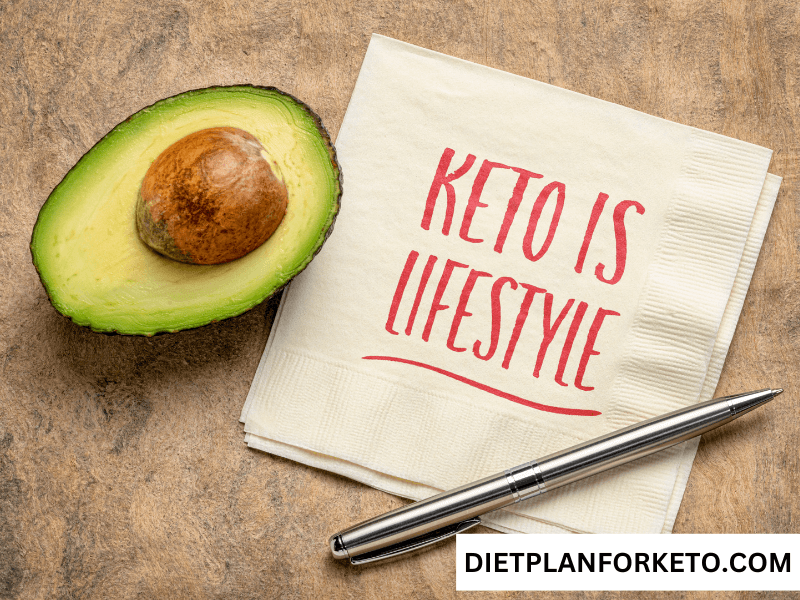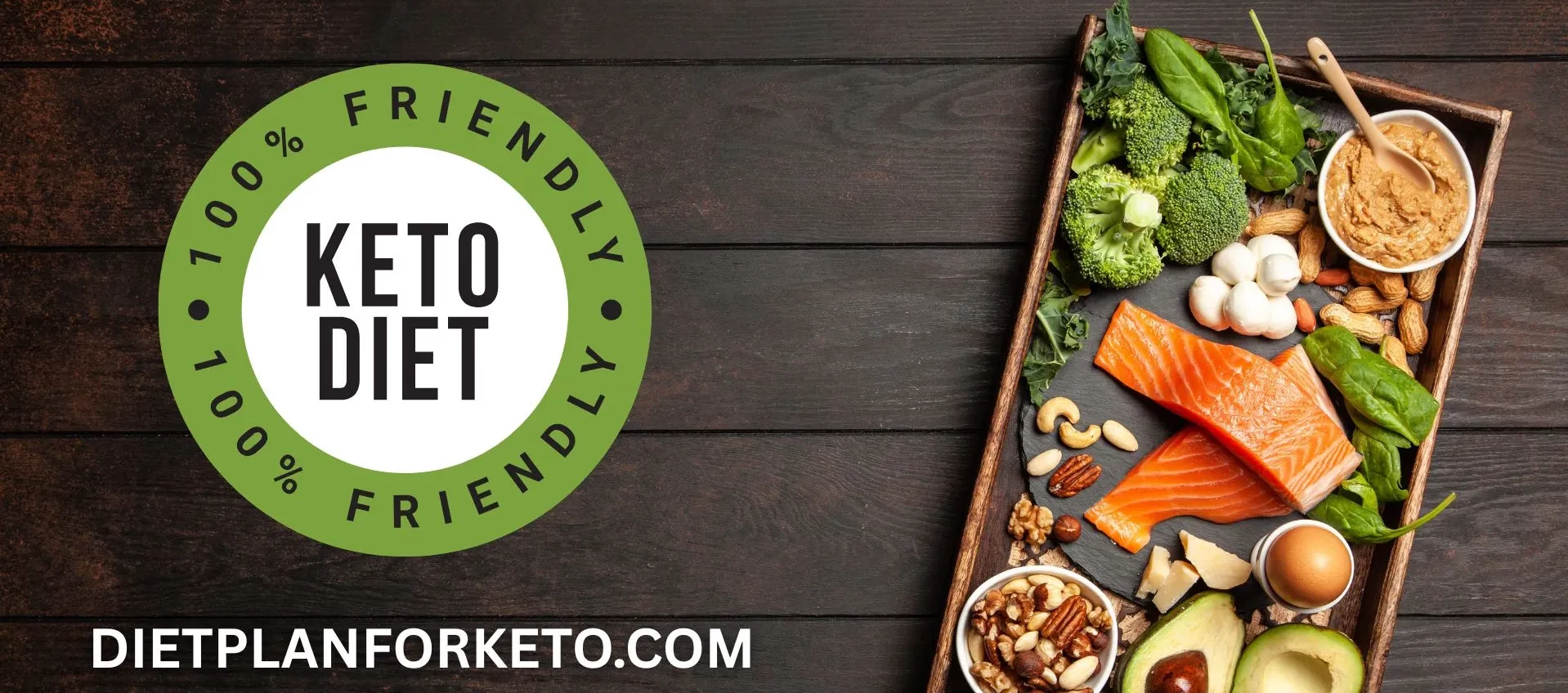Beginner-Friendly Guide: How to Fine-Tune Your Keto Diet for Better Results
The ketogenic diet is more than a low-carb trend—it’s a science-backed way of eating that promotes fat loss, mental clarity, and sustained energy. But what happens when you’ve been on keto for a while and your progress slows?
That’s where fine-tuning comes in. This guide will help you go from “just doing keto” to doing keto right—in a way that matches your lifestyle, metabolism, and goals.
Table of Contents
- Understanding the Basics of Keto
- Signs Your Keto Diet Needs Fine-Tuning
- Tracking Macros and Why They Matter
- Adjusting Fat, Protein, and Carb Intake
- Incorporating Intermittent Fasting (IF)
- Importance of Micronutrients and Electrolytes
- Sleep, Stress, and Their Impact on Keto
- Real-World Keto Adjustments for Specific Goals
- 10 Best Keto Recipes with Full Instructions
- Pros and Cons of Fine-Tuning Your Keto Diet
- Conclusion
- Disclaimer
1. Understanding the Basics of Keto
The ketogenic diet is a high-fat, moderate-protein, low-carbohydrate eating plan. The goal is to enter and maintain a metabolic state called ketosis, where your body burns fat for fuel instead of glucose.
Typical Macro Breakdown:
- 70–75% fat
- 20–25% protein
- 5–10% carbs
Before you fine-tune anything, you need to make sure your foundation is solid. That means understanding the importance of clean keto foods (think avocados, eggs, meat, leafy greens) over processed low-carb products.
2. Signs Your Keto Diet Needs Fine-Tuning
You might need to tweak your approach if:
- You’ve hit a weight loss plateau
- You’re feeling sluggish or moody
- You have constant cravings
- You experience digestive issues
- You’re not sleeping well
- Your blood sugar or ketone levels are unstable
Fine-tuning isn’t about perfection—it’s about progress and personalization.
3. Tracking Macros and Why They Matter
Tracking helps you stay accountable and see where your diet might be off. Use a macro calculator and track your meals using apps like Carb Manager or MyFitnessPal.
Tips:
- Weigh your food for accuracy
- Don’t just eyeball portions
- Recalculate macros after significant weight changes
Real-world example: Sarah, a 36-year-old mom, stalled at 160 lbs. When she started tracking, she realized she was eating 60g net carbs a day—double what’s typical for keto.

4. Adjusting Fat, Protein, and Carb Intake
Fats:
- If you’re not losing weight, consider lowering fat slightly. Use fat to fuel, not to excess.
- Prioritize whole-food fats: coconut oil, olive oil, nuts, seeds.
Protein:
- Too little can lead to muscle loss; too much can kick you out of ketosis (though this is rare).
- Active individuals need 1.2 to 2.0 grams per kg of body weight.
Carbs:
- Always count net carbs (Total Carbs – Fiber).
- Stay under 20–30g net carbs per day for best results.
5. Incorporating Intermittent Fasting (IF)
IF enhances ketosis, helps manage insulin levels, and may improve fat loss. Common patterns:
- 16:8 (fast for 16 hours, eat in an 8-hour window)
- 18:6 or even 20:4 for advanced fasters
Start slow. Don’t jump into long fasts without preparing your body. Pair with electrolyte support.
6. Importance of Micronutrients and Electrolytes
A common keto mistake is focusing only on macros and ignoring micronutrients. Deficiencies in magnesium, potassium, and sodium can cause headaches, cramps, and fatigue.
Electrolyte-rich options:
- Pink Himalayan salt
- Avocados (potassium)
- Leafy greens
- Bone broth
Consider adding a quality keto-friendly multivitamin or electrolyte supplement.
7. Sleep, Stress, and Their Impact on Keto
Your body won’t function optimally without recovery. Cortisol (the stress hormone) can kick you out of ketosis.
Tips:
- Aim for 7–9 hours of quality sleep
- Manage stress with meditation, exercise, or hobbies
- Avoid screens before bed
8. Real-World Keto Adjustments for Specific Goals
For Fat Loss:
- Slightly reduce fat intake to tap into body fat stores
- Track calories and be honest
For Muscle Gain:
- Increase protein slightly
- Incorporate targeted carbs before workouts (like berries or sweet potato if tolerated)
For Mental Clarity:
- Try exogenous ketones or MCT oil
- Avoid processed keto snacks that spike blood sugar
9. 10 Best Keto Recipes With Full Instructions
1. Keto Egg Muffins
- Ingredients: Eggs (6), spinach (1 cup), cheese (1/2 cup), bell pepper (1/2), salt, pepper
- Instructions:
- Preheat oven to 375°F.
- Whisk eggs. Add chopped veggies and cheese.
- Pour into muffin tin and bake for 20–25 minutes.
- Carbs: ~2g per muffin
2. Cauliflower Fried Rice
- Ingredients: Cauliflower rice (2 cups), eggs (2), green onions, garlic, soy sauce
- Instructions:
- Sauté cauliflower in oil. Scramble in eggs.
- Add onions, garlic, and soy sauce.
- Carbs: ~4g per serving
3. Zucchini Noodles with Pesto
- Ingredients: Zoodles (2 cups), pesto (1/4 cup), cherry tomatoes
- Instructions:
- Cook zoodles briefly. Mix with pesto and tomatoes.
- Carbs: ~5g per serving
4. Keto Taco Salad
- Ingredients: Ground beef (1 lb), lettuce, cheese, avocado, salsa
- Instructions:
- Cook beef with spices. Assemble salad.
- Carbs: ~6g per serving
5. Creamy Avocado Chicken Salad
- Ingredients: Chicken breast, avocado, mayo, lime, cilantro
- Instructions:
- Shred chicken. Mix with mashed avocado and remaining ingredients.
- Carbs: ~3g per serving
6. Keto Fat Bombs (Chocolate Peanut Butter)
- Ingredients: Peanut butter, coconut oil, cocoa powder, stevia
- Instructions:
- Mix and freeze in molds.
- Carbs: ~2g per bomb
7. Stuffed Bell Peppers
- Ingredients: Bell peppers, ground turkey, cauliflower rice, cheese
- Instructions:
- Cook filling. Stuff peppers. Bake 30 mins at 375°F.
- Carbs: ~7g per serving
8. Keto Buffalo Wings
- Ingredients: Chicken wings, hot sauce, butter, garlic powder
- Instructions:
- Bake wings. Toss in sauce.
- Carbs: ~1g per serving
9. Broccoli Cheese Soup
- Ingredients: Broccoli, cream, cheese, butter, broth
- Instructions:
- Simmer broccoli and broth. Add cream and cheese.
- Carbs: ~5g per bowl
10. Chia Seed Pudding
- Ingredients: Chia seeds, almond milk, vanilla, stevia
- Instructions:
- Mix and chill overnight.
- Carbs: ~4g per serving
10. Pros and Cons of Fine-Tuning Your Keto Diet
Pros:
- Break through plateaus
- Improve energy and focus
- Optimize body composition
- Personalized approach = sustainable long term
Cons:
- Requires more planning and tracking
- Can be frustrating without quick results
- Risk of obsessing over numbers
- May need professional guidance for complex goals
11. Conclusion
Fine-tuning your keto diet is the smart next step when your results slow down. By adjusting your macros, focusing on nutrient quality, managing stress, and experimenting with fasting or supplements, you can get back on track and feel better than ever. This is about working with your body, not against it. Use the tools, stay consistent, and remember—progress over perfection.
For more information, check out the detailed blog post: “Keto Macros: How to Calculate Your Perfect Ratio” at Ketoaholics.com.
12. Disclaimer
This guide is for general informational purposes only and does not constitute medical advice. Always consult with a qualified healthcare provider before making dietary or lifestyle changes. If you feel unwell or suspect a medical condition, seek professional help. Acting on any information provided here is at your own responsibility.
